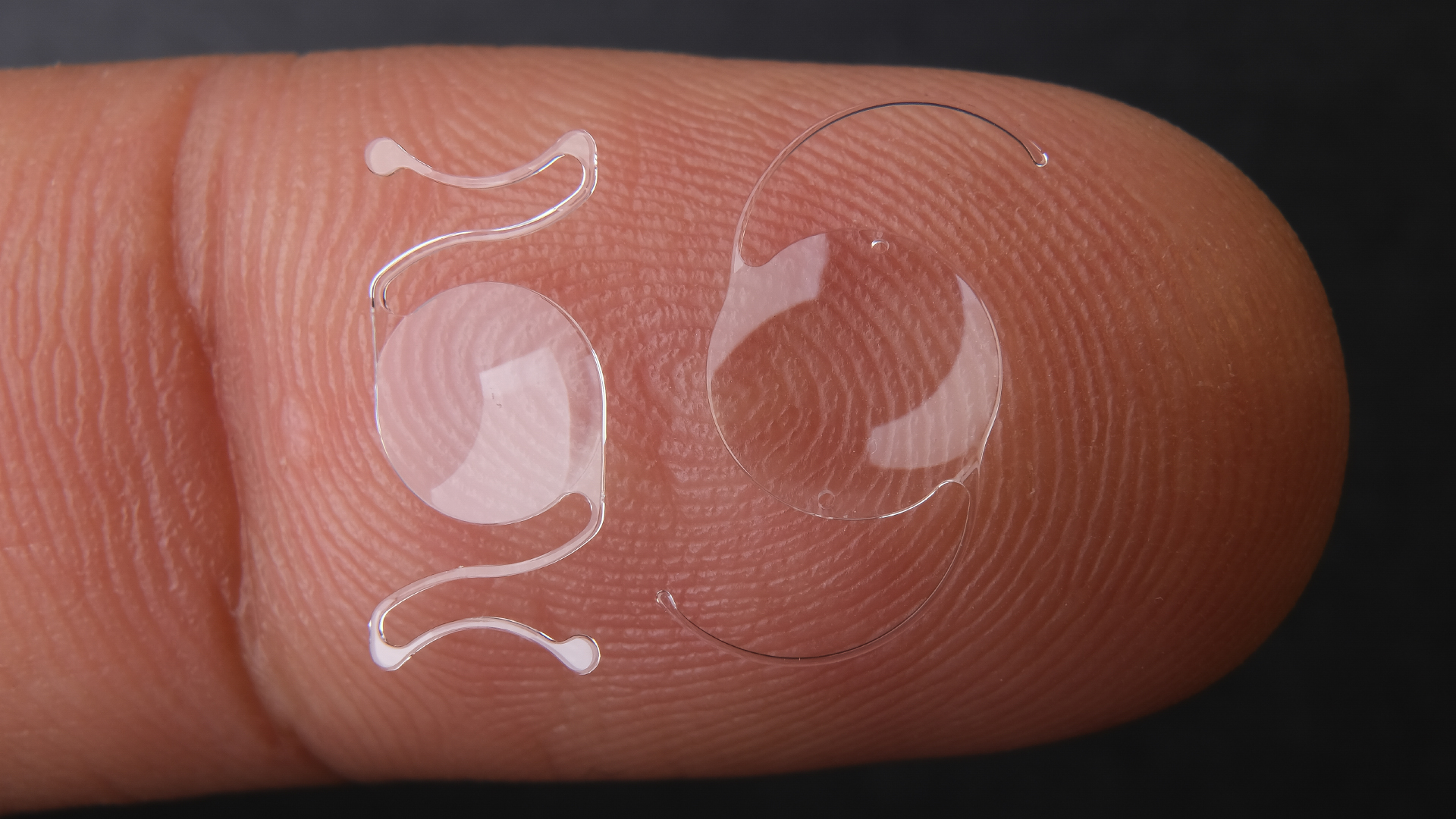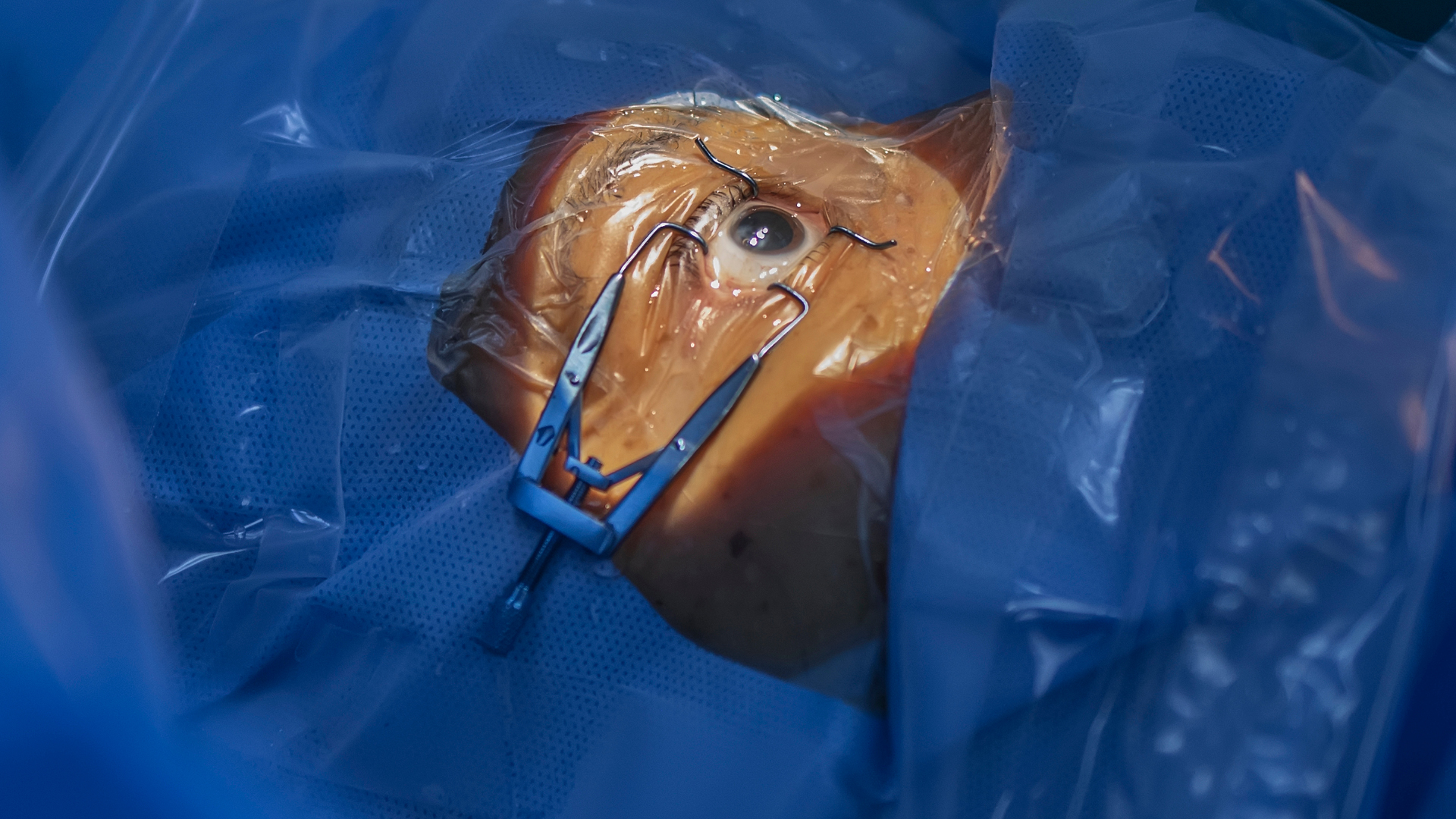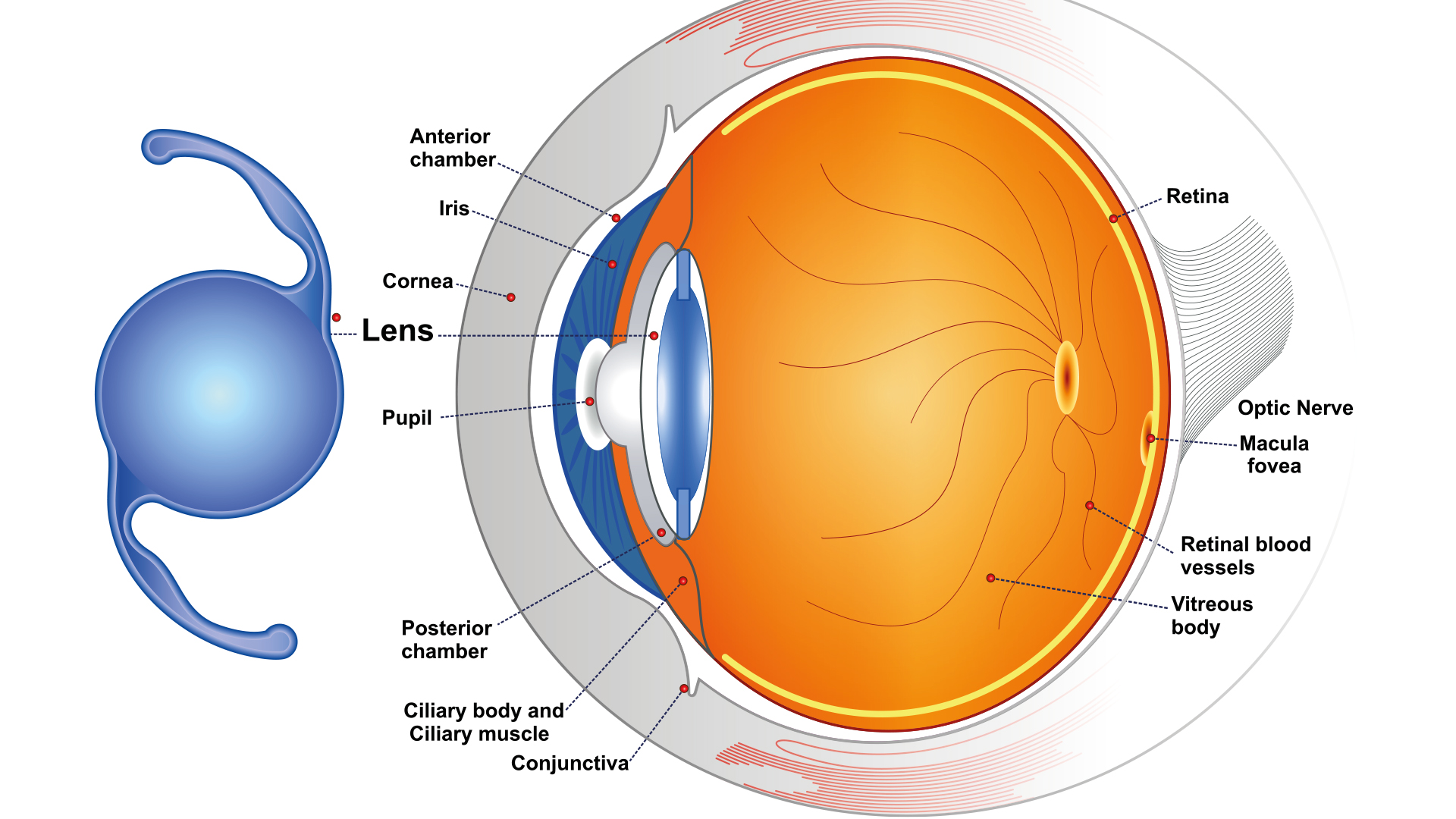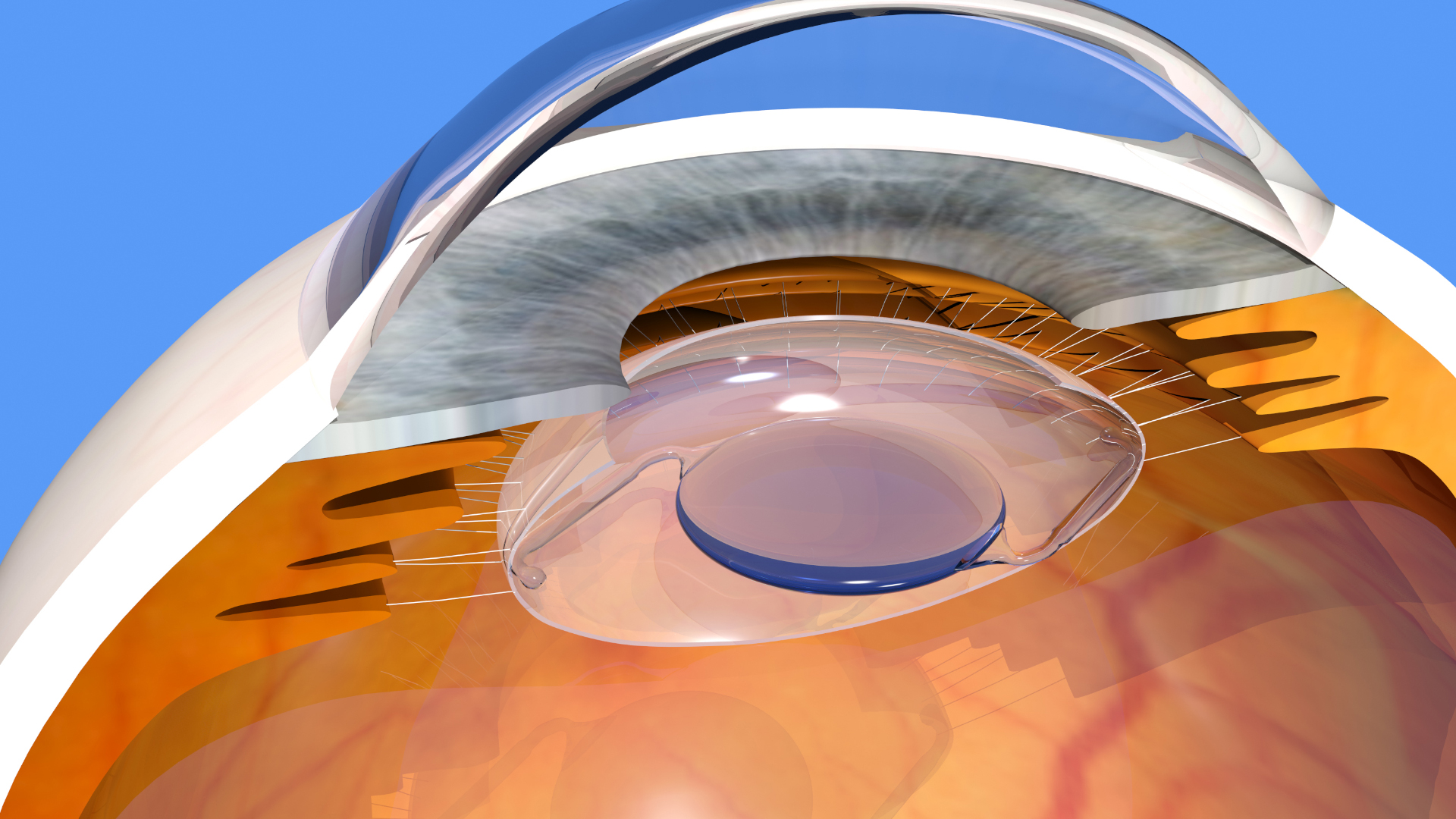Multifocal implants




Save 70% on Multifocal Lenses
with Body Expert
Top Eye Surgeons,
Cutting-Edge Equipment
Over 98% Patient Satisfaction
with Body Expert


Save up to 70%
70% Cheaper Than the UK, the US, Canada and Ireland
World-class surgeons, advanced technology
Body Expert: Turkey’s Leading Medical Tourism Provider
English-Speaking Care & Rigourous Post-Op Follow-Up

The multifocal IOL is used to restore the refractive properties of the lens after its removal. In most cases, the multifocal intraocular lenses is used to replace the cataractous lens. Multifocal IOL can also be indicated outside of cataract surgery. If you are over 45 years old and wish to correct your myopia, hyperopia or presbyopia, multifocal intraocular lens is a possible solution.
Cataract surgery is one of the most common surgeries. A cataract is a clouding of the lens of the eye that is mainly related to aging. It can also occur because of disease, medication or injury to the eye that damages the lens. Cataracts result in a decrease in visual acuity, a reduction in contrast sensitivity, discomfort with bright light, or the appearance of a veil.
Cataract surgery is a very common outpatient procedure performed under local anesthesia. Its objective is to replace the cataractous lens with an intraocular lens. These lenses (Tecnis multifocal IOL for example) can be monofocal, multifocal or toric.
Multifocal lenses, unlike monofocal intraocular lenses, allow for the correction of near and distance vision and make it possible to dispense with glasses. Multifocal intraocular lenses are designed to split light into different focus. There are two common types of multifocal lenses: refractive multifocal lenses (which include a juxtaposition of several concentric optical zones of different depth focus intraocular) and diffractive multifocal lenses (which include optical steps that promote intermediate and near vision).
Cataract refract surgery is systematically combined with a refractive lens exchange. Intraocular lenses IOLs are made of flexible shape memory materials. This flexibility allows them to be injected into the capsular bag through a small corneal incision. Generally, these transparent and light lenses are made of hydrophilic or hydrophobic acrylic materials.

Intraocular lens implantation can be offered to patients who need reading glasses and who want to go without glasses for both near and distance vision. As with cataract surgery patients, clear lens surgery with a multifocal intraocular lens consists of removing the clear lens and inserting a lens that can correct visual defects. This technique is very effective in correcting residual refractive error. Lens replacement surgery is also indicated in the treatment of presbyopia when it is associated with another visual defect (hyperopia, myopia and/or astigmatism).
Clear lens surgery with multifocal intraocular lenses can only be considered when the patient’s eyes are perfectly healthy.

Lens replacement surgery has many advantages:

Multifocal intraocular lenses are generally not recommended for patients who perform activities that require excellent visual acuity. This is because lens replacement surgery can result in decreased contrast sensitivity, especially in low light conditions. The patient may also experience a transient halo around light sources at night. Halos may appear around car headlights, red lights, streetlights, etc. In some cases, these phenomena can make driving at night difficult.
Even if they are exceptional, the postoperative complications of clear lens surgery are the same as for cataract surgery. The risk of retinal detachment is greater in a young myopic patient (between 40 and 54 years old) than in a non-myopic patient over 75 years old after cataract surgery. For this reason, this type of surgery requires extensive consultation and examination for myopic patients before the age of 60. In hyperopic patients, clear lens surgery for refractive purposes is indicated after 55 years of age, in case of contraindication to laser surgery or in case of very high hyperopia. Careful postoperative surveillance is necessary.

Body Expert, the agency specialized in medical tourism in Turkey in Istanbul, offers you several formulas:
Is included: the intraocular lens implantation (premium brands “Alcon panoptix” or “Tecnis Synergy”), the preliminary consultation and the analyses before the operation, the control and the postoperative follow-up, the assistance of an interpreter at each stage of care, 6 nights in a 4 or 5 stars hotel with breakfast, and all the transfers airport/hotel/clinic/airport.
Is included: the intraocular lens implantation (premium brands “Alcon panoptix” or “Tecnis Synergy”), preoperative consultation and analysis, postoperative monitoring and follow-up, and the assistance of an interpreter at each stage of care.
| Premium Multifocal IOL | Average price in Turkey | Average price in the UK | Average price in the US | Average price in the Netherlands |
| 2 eyes | €3000 to €3500 | €5000 to €6000 | $6000 to $8000 | €3000 to €3500 |
| 1 eye | €1700 € to €1900 | €2500 € to €3000 | $3500 to $4500 | €1700 € to €1900 |
With Body Expert in Turkey, the brands of premium multifocal lens are “Alcon panoptix” or “Tecnis Synergy”.

Multifocal intraocular lenses can be placed either to replace the cataractous lens or to restore accommodation. The procedure consists of three steps: the preoperative assessment, the surgery, and the postoperative follow-up.
The preoperative assessment is essential for any surgery. In the case of a cataract, the preoperative assessment will look for risk factors associated with cataract (retinal disease, unbalanced diabetes, glaucoma, dry eye, corneal anomaly, etc.).
This assessment includes the performance of several examinations:
The conclusions of the preoperative assessment will determine whether the patient is fit for surgery. If so, depending on the thickness of the cornea, the surgeon will advise the patient on the type and brand of implants that are most appropriate.
The lens replacement surgery usually takes 10 to 20 minutes and is painless. It consists of several steps:
In the case of double lens replacement, both eyes will be operated on the same day.
After the lens replacement surgery in Turkey, the surgeon gives the patient special glasses. The patient is not allowed to go out for two days to avoid exposure to daylight and to avoid the risk of infection. On the third postoperative day, a control visit is made. A final check-up is scheduled on the seventh day to determine if the patient can fly.

For a successful procedure, it is very important to properly define the patient’s correction. Otherwise, if the tests are not done correctly, the patient will still have to wear glasses after the procedure.
The risk of infection after a multifocal lens procedure is high, which is why scratching the eyes and getting them in contact with water is absolutely not recommended. Since an infection can lead to blindness, it is essential to follow the surgeon’s recommendations. The patient is also asked to be careful not to receive a blow to the eye, which could cause the lens to move.

Every day, many patients choose Turkey for their lens replacement surgery or other eye surgeries. And for good reason, the country offers a multitude of advantages in terms of care, especially in terms of eye care.
In addition to offering attractive prices, Turkish clinics are equipped with the latest technology, providing unparalleled quality of care. Turkish ophthalmologists are known for their excellent training and extensive experience.
The development of medical tourism in Turkey has accelerated considerably over the last ten years, allowing patients from all over the world to be welcomed in an impeccable manner. Choosing Turkey for your intraocular lens implantation allows you to benefit from tailor-made care, but also to enjoy a fabulous cultural experience. The magnificent landscapes, the tasty cuisine and the warm welcome of the Turkish people are sure to seduce you.
https://www.ncbi.nlm.nih.gov/pmc/articles/PMC2814579/
https://journals.healio.com/doi/abs/10.3928/1542-8877-19900901-21
